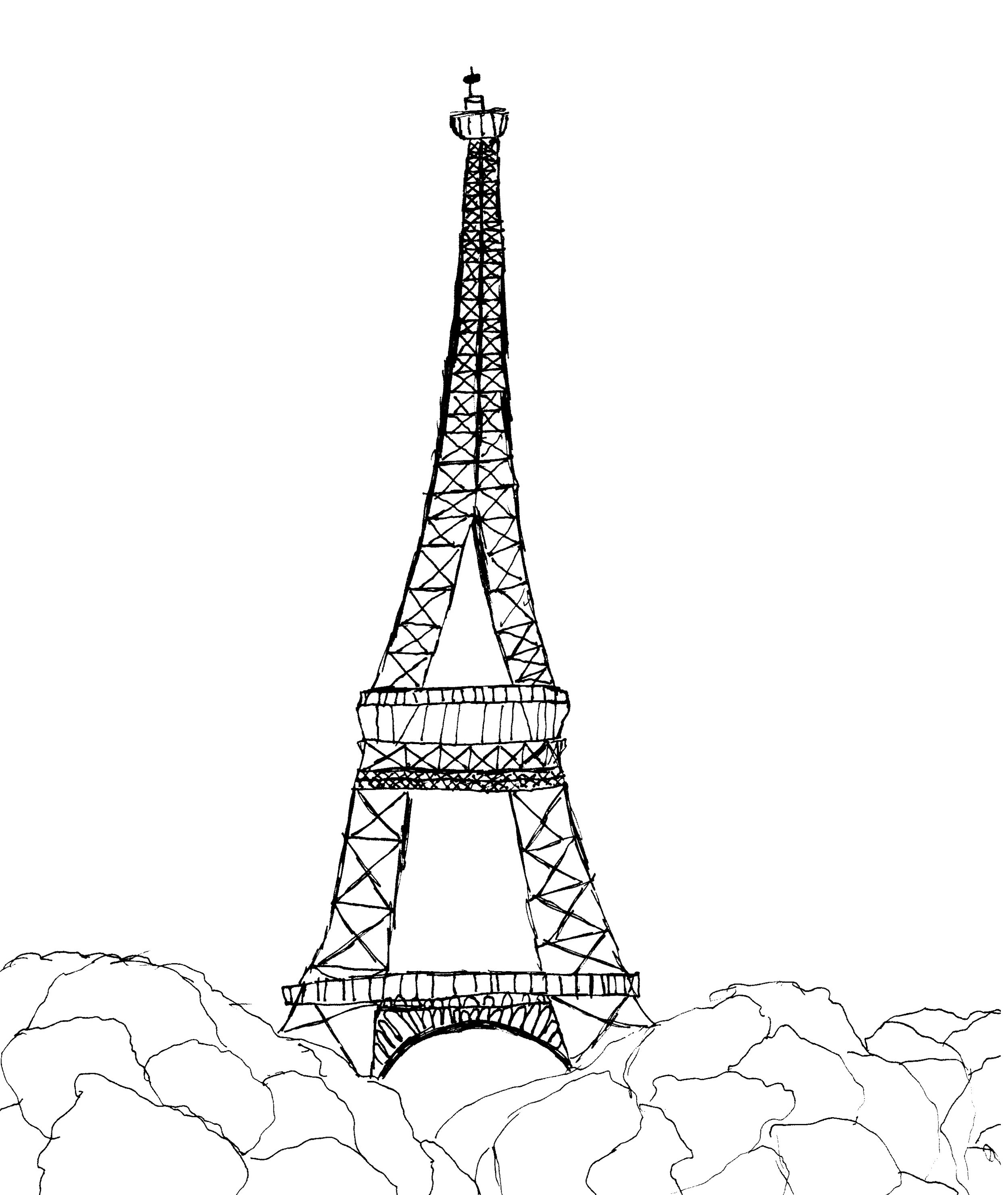Celebrating Carnival Around France
The annual Carnaval de Nice on the Côte d’Azur in southeastern France is one of the largest and most famous festivals in the country, marking the two weeks preceding the beginning of Lent. A range of lively activities draws crowds that unite friends, strangers, believers, and secular participants for days of revelry and indulgence. It is believed that the word ‘Carnaval’ is derived from ‘carne levare’, meaning ‘to remove meat’, a practice associated with the period of Lent observed by many Christians. Yet the origins of Carnival celebrations are thought to predate Christianity when the anticipation of spring and renewed growth would prompt ceremonies to drive out darker spirits from the winter season and welcome the light of longer days. As Christianity spread, Carnaval celebrations incorporated feasting, drinking, and elements of social disorder such as the mixing of social classes aided by disguises to contrast with the spiritual ascetism of Lent and the promise of new life associated with Easter.
Carnaval de Nice, M. Carnaval decorated float, 8 February 1931. Image credit: Agence Rol, Public domain, via Wikimedia Commons
Foreigners had started to flock to Nice during the 19th century for its temperate weather and seaside location and the construction of a train station in 1864 accelerated the trend. In 1873, the city of Nice formed a Festival Committee and funded an official Carnaval celebration complete with a festival theme, floats, and organized galas. A local father-son duo, artists Alexis and Gustav-Adolf Mossa, were instrumental in contributing ideas and creating art for the event parades and publicity. Several years later, a Flower Parade was added to show the natural bounty of the region. The spectacle of Carnaval drew monied visitors to the city as well as appealing to local and regional residents.
Each year, festival organizers select a theme that permeates throughout Carnaval. The 2025 theme, King of the Oceans, brought a variety of marine- and maritime-themed decorations and performances to Nice. Keeping with tradition, Sa Majesté Carnaval (His Carnival Majesty) opens the festivities and heads up the parade before presiding over the Place Masséna for the duration of the event. He is accompanied by his court, including his wife, the Queen, and their son, Carnavalon. These characters and approximately one hundred others are represented by enormous (~ 12m tall) figures on floats, accompanied by troupes of dancers, musicians, and performers from around the world, all incorporating references to the year’s festival theme. Often seen are eagles, the symbol of the city of Nice, dragons from mythology, and caricatures of politicians, celebrities, and everyday people. The 2026 theme, Vive la reine! (Long live the queen) opens up all sorts of possibilities limited only by the creativity of the participants.
Las Coudenos at the Carnaval de Limoux, 2012. Image credit: Jeanbarje, CC BY-SA 3.0, via Wikimedia Commons
In addition to the opening parade of floats, Carnival offers a series of costume balls with a variety of musical genres, a Carnival village of visual and performance artists, hands-on workshops, rides, refreshments that are accessible to visitors of all ages throughout the festival, illuminated evening parades, and the beautiful and colorful Flower Parade where blossoms are thrown to onlookers as fragrant souvenirs. The final full day of the festival features a reprise of the Flower Parade, the Closing Parade of Lights, the Burning of the King and a fireworks display the evening before the closing ceremonies.
Herring and clet'che at the 2010 Carnaval de Dunkerque. Image credit: Mageonyme, CC BY-SA 3.0, via Wikimedia Commons
Many other French communities celebrate Carnival with their own unique twists. West of Nice in Languedoc-Roussillon, the Carnaval de Limoux known as Fecos has been held for four centuries, paying homage to the Occitan language and featuring pierrots. ‘Venice of the Alps’, a popular moniker for the village of Annecy, takes inspiration from Italy to present its own Carnaval vénitien where elaborately costumed participants stroll among Annecy’s canals and streets for all to see.
Perhaps the most unusual and distinctive Carnival tradition belongs to the town of Dunkerque at the northern tip of France on the Strait of Dover. Cod-fishing vessels set off on lengthy and dangerous trips to Iceland as spring approached each year. To fortify the fishermen’s spirits and stomachs, the townspeople would gather for a feast and merriment before sending them off on the journey. The modern-day Carnaval de Dunkerque features homemade costumes known as clet’che in the local dialect, an abundance of yellow fishermen’s coats and colorful umbrellas, and the highlight of the festival: the mayor of Dunkerque emerges onto a balcony at the Town Hall on the Place Saint-Valentin with a half-ton of smoked herring to be thrown to eager festivalgoers packing the square.
Carnival festivals abound in France and spread to its current and former territories that incorporated their own customs into the events. In French Guiana, touloulous take disguises to a whole new level, the Carnaval de Marie-Galante in Guadeloupe has been recognized as a UNESCO Intangible Cultural Heritage, the Carnaval de Québec makes the most of its wintry setting by celebrating Carnival each February, and Mardi Gras in New Orleans, Louisiana, is legendary.
Activité de français
Carnival festivals bring together people of all stripes to experience joy and uphold both traditions that are mirrored elsewhere as well as some that reflect the particularities of their communities. Despite the changes in society and politics over many years, celebrating with neighbors and visitors in cherished and new ways continues to attract festivalgoers year in and year out.
Witness the energy and excitement of the herring toss at the Dunkirk Carnival by clicking on the video below. There is plenty of time to work on your own clet’che and make plans to attend during the three months of Carnival 2026, or find another to your liking.
Subscribe to our newsletter to receive Art de vivre posts, information about courses, Conversation Café, special events, and other news from l’Institut français d’Oak Park.




